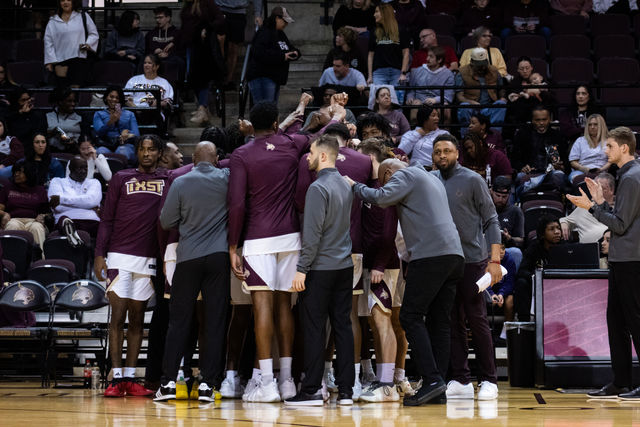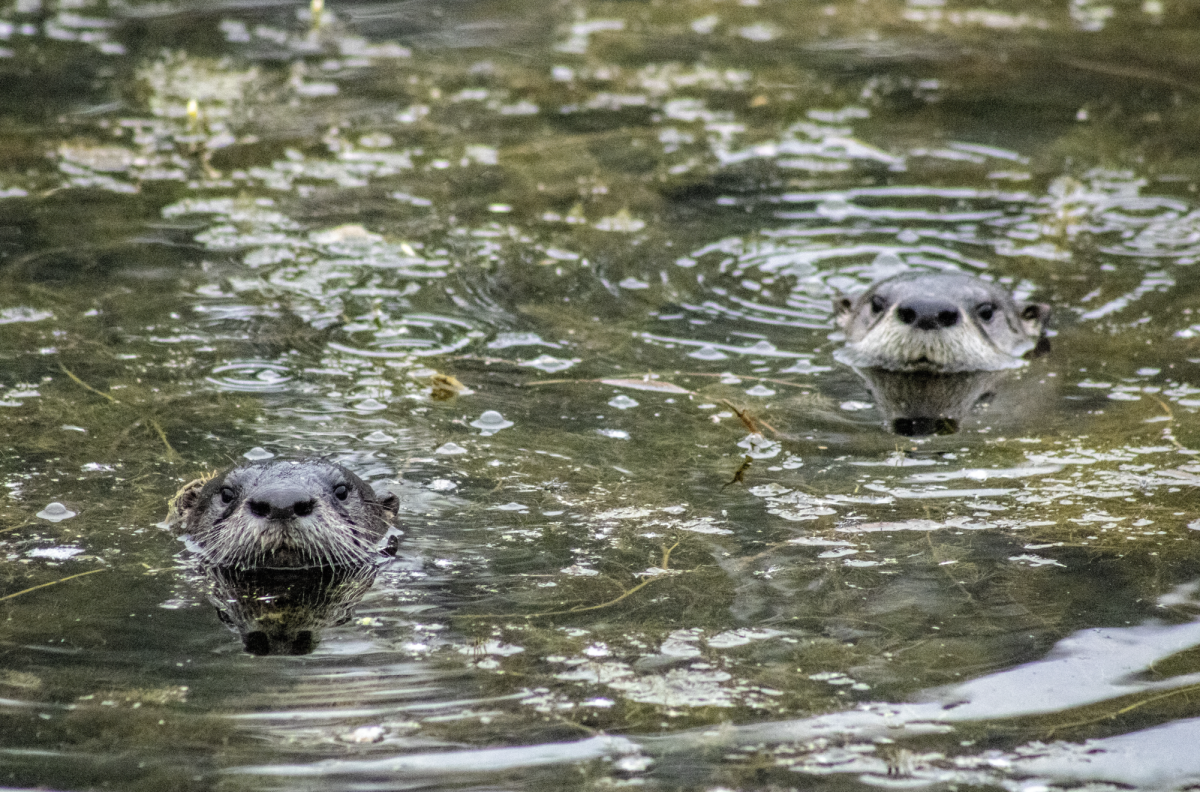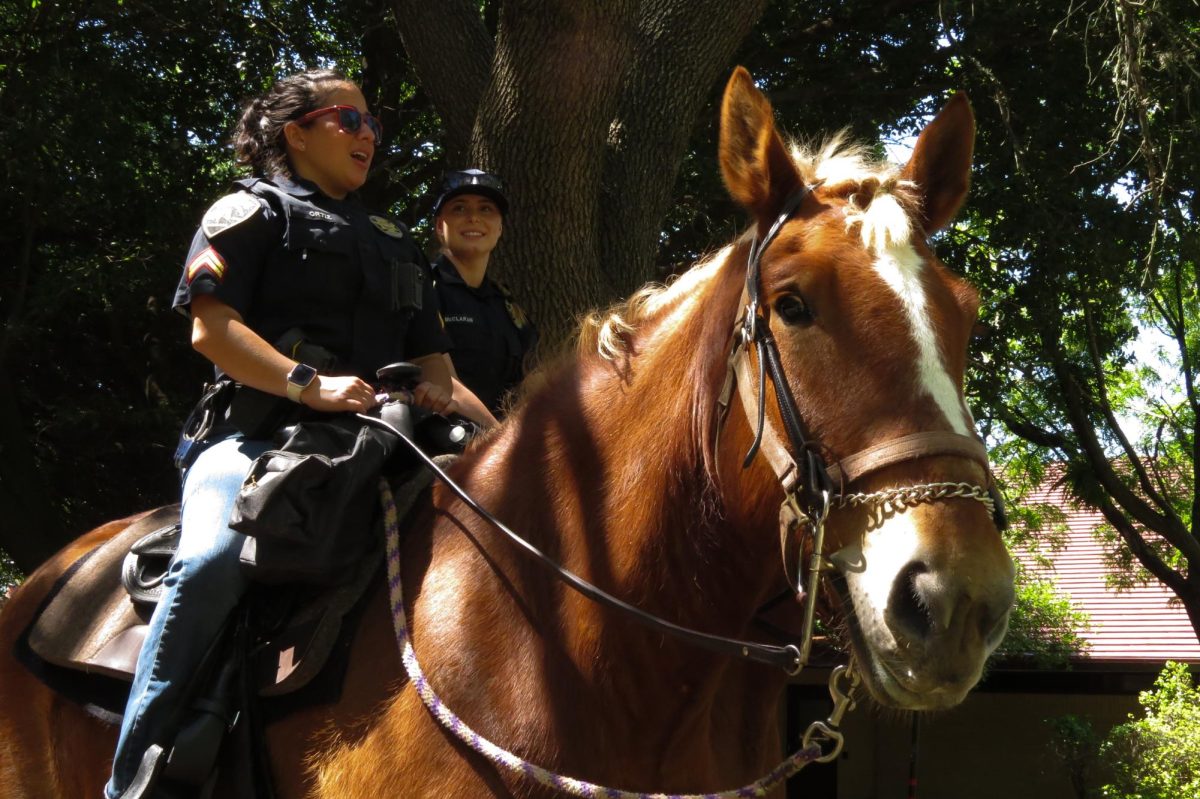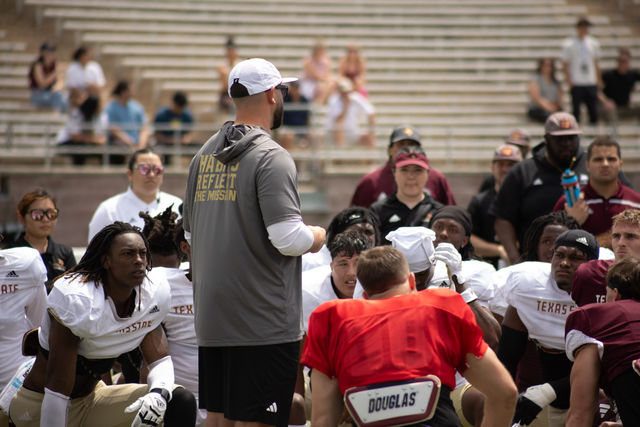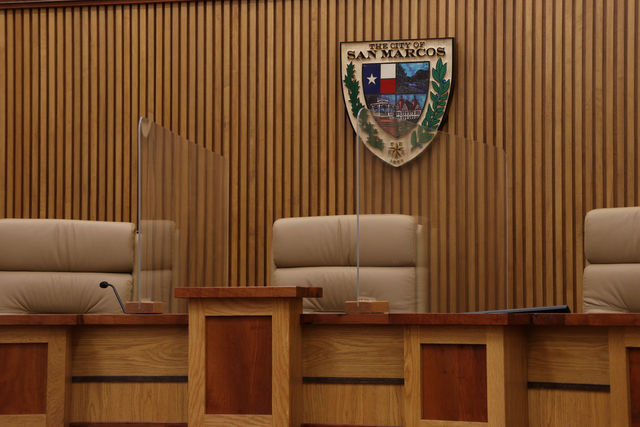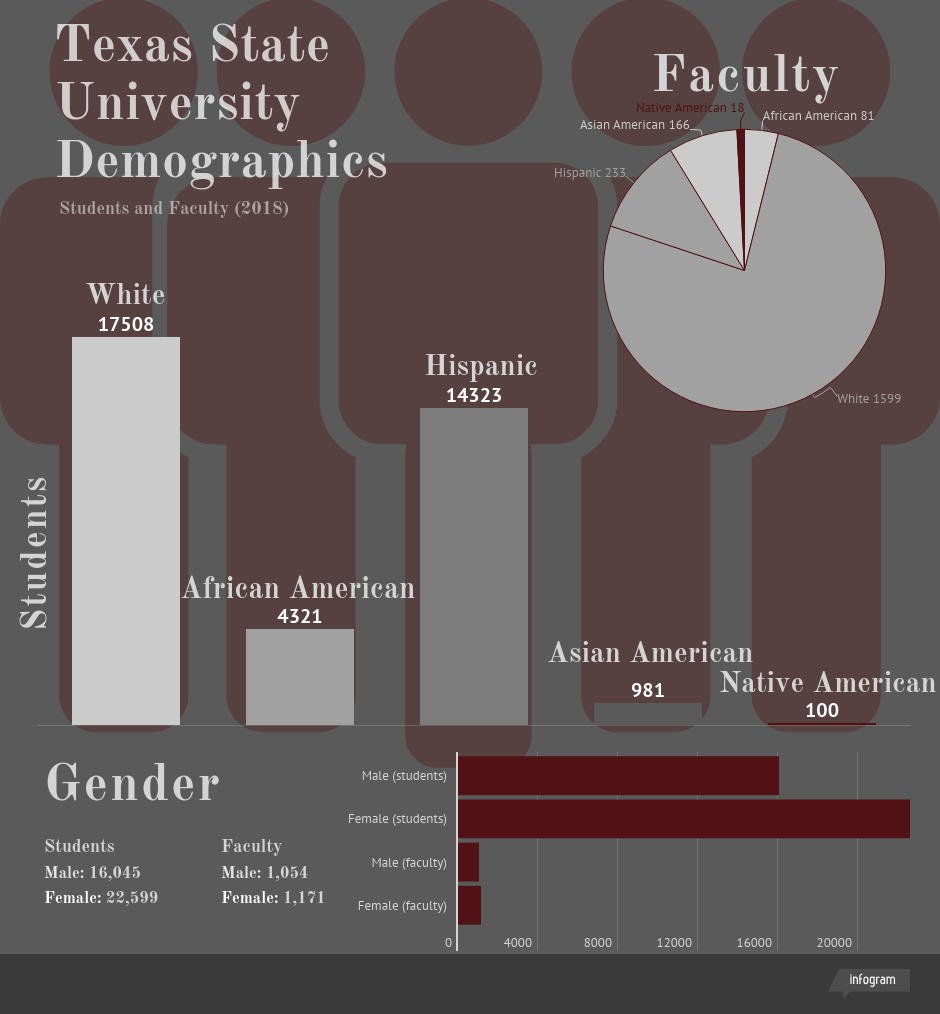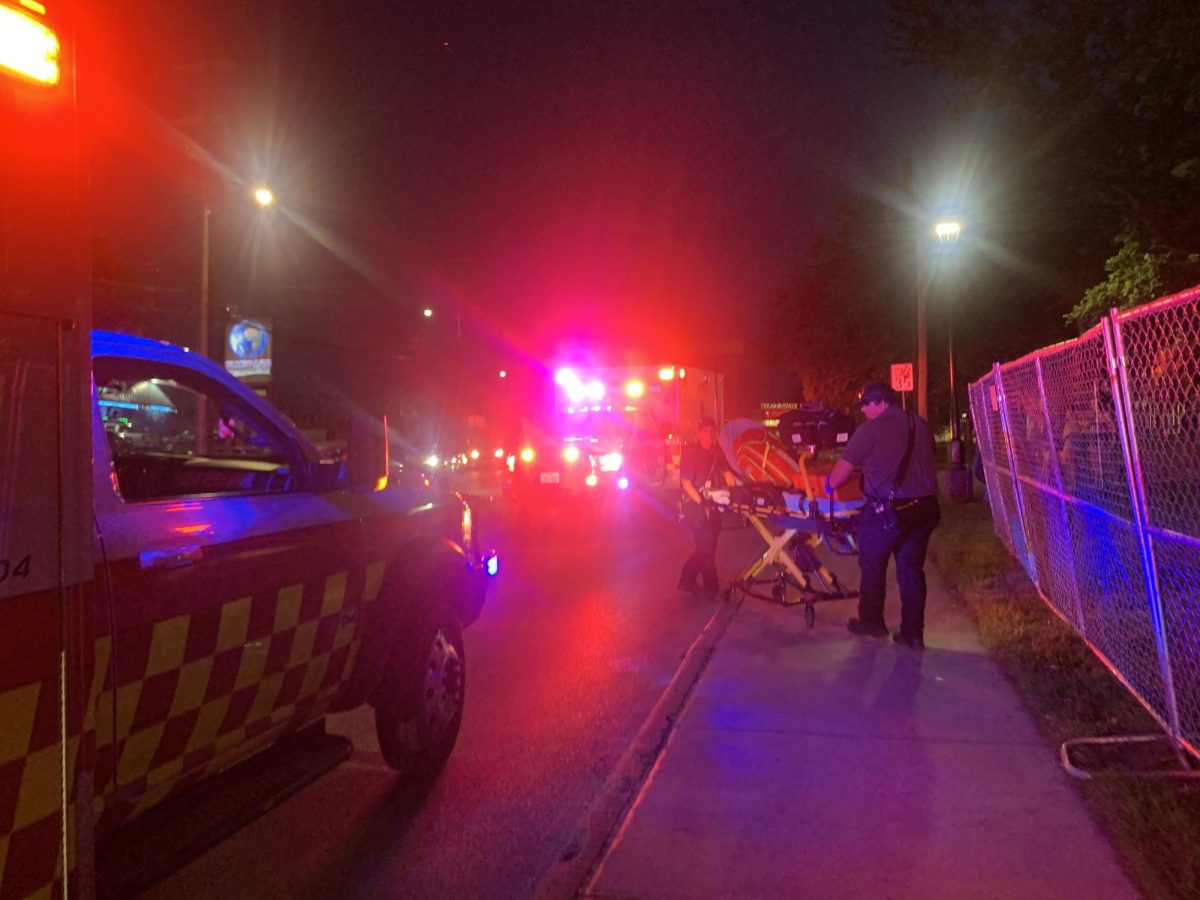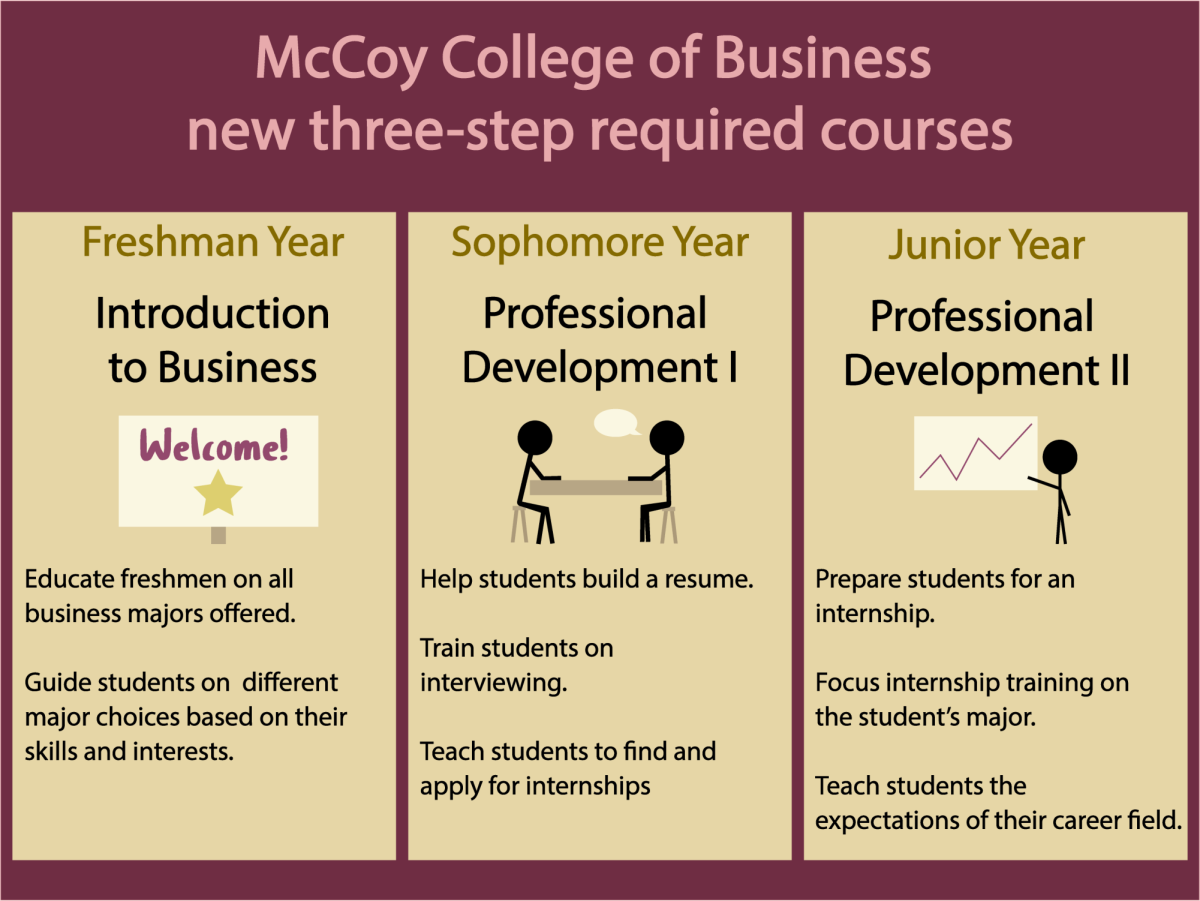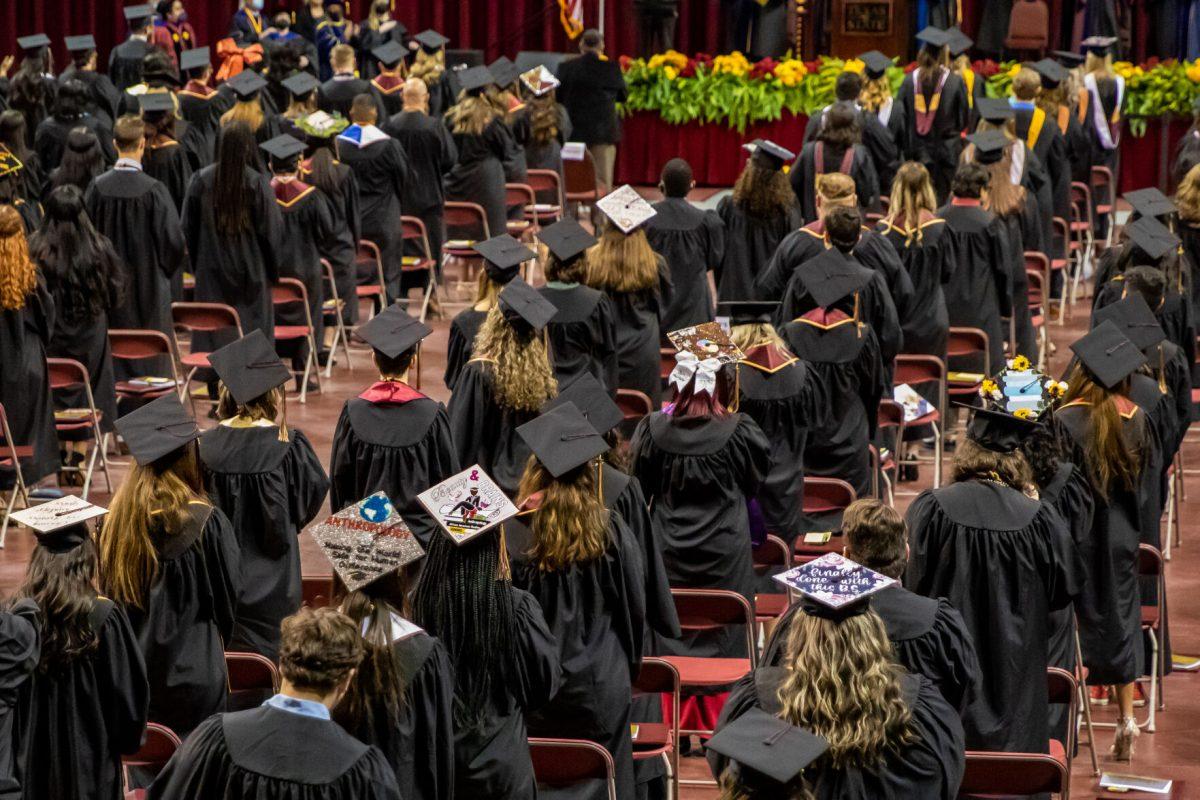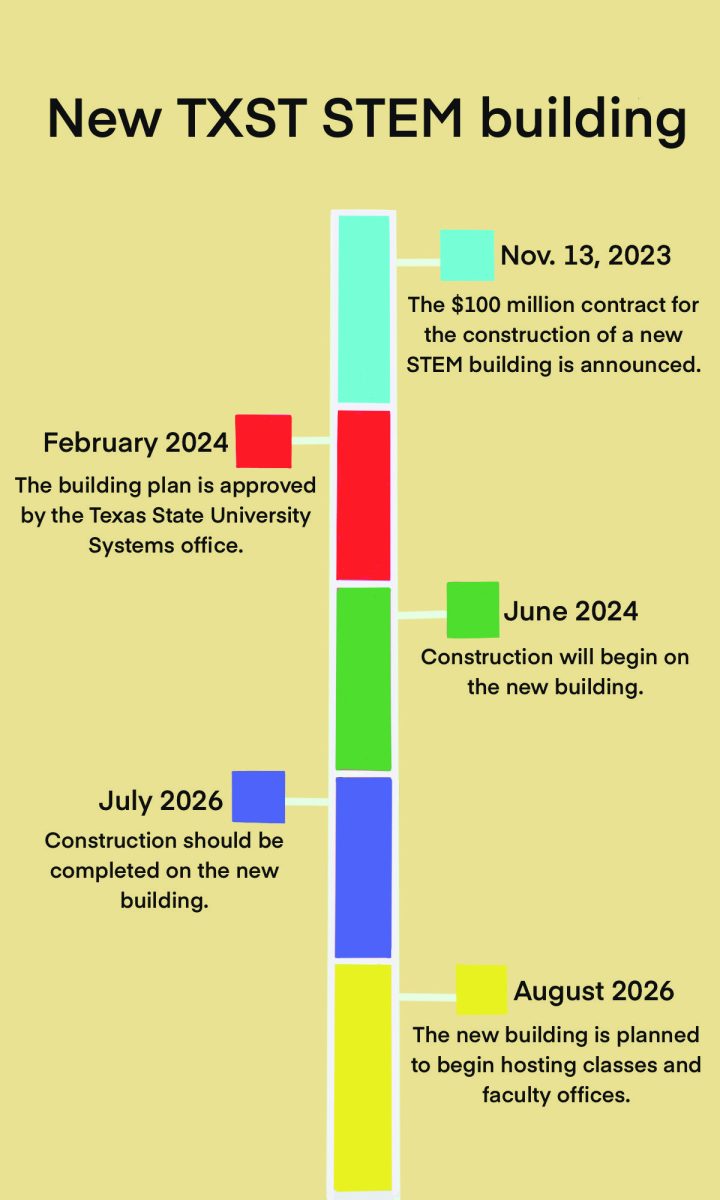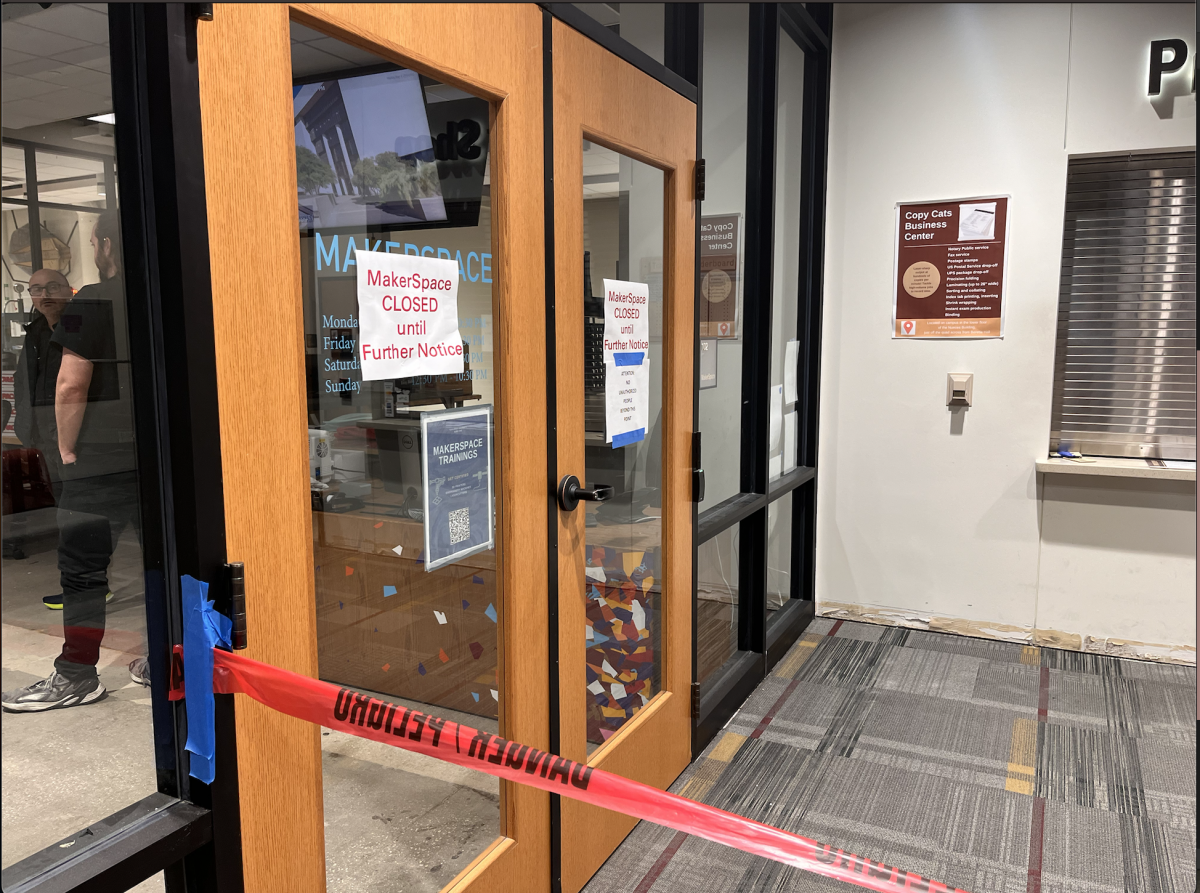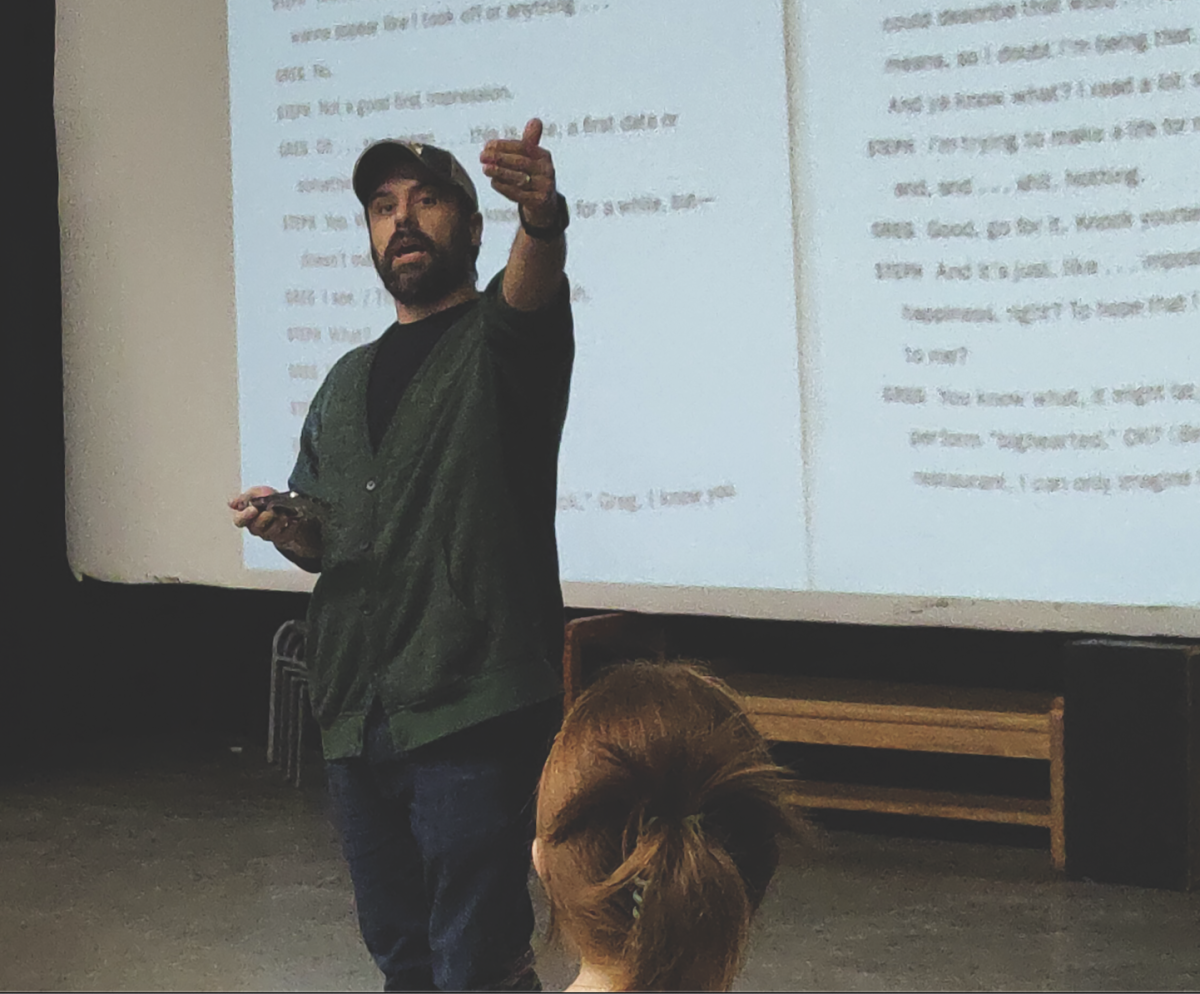Texas State Provost and Vice President of Academic Affairs has developed a new set of tools for hiring a more diverse faculty.
The Toolkit and Best Practices for Inclusive Excellence in Faculty Hiring and Retention is a multidimensional resource that includes data on student and faculty demographics, how to construct a diverse pool of candidates and best practices to develop a more diverse faculty.
Provost and VPAA Gene Bourgeois, author of the toolkit, introduced the initiative via email (Nov. 6) to faculty, staff and students.
The toolkit follows Texas State’s commitment to shared values, including a spirit of inclusiveness, the free exchange of ideas and a sense of community according to the provost’s inclusion and diversity site.
Associate Provost Debbie Thorne said a common issue at universities is the diversity of the student body not reflecting the diversity of faculty.
“The demographics of the faculty does not match the demographics of the students who are enrolled in higher education,” Thorne said.
Thorne said the toolkit is going to be a valuable resource when applied with Texas State’s faculty, students and staff.
“The value of the toolkit is only going to be as strong as it relates to the specific questions, needs and ideas that people at Texas State have,” Thorne said.
Elizabeth Eger, assistant professor in the Communication Studies Department, reached out to Thorne and the Special Assistant to the Provost for Inclusion and Diversity Scott Bowman in the summer, so she and her students could help with the research needed for the toolkit.
Eger and her students conducted a number of in-depth personal interviews to better understand the diversity and inclusion efforts currently taking place on campus. Eger said the idea of students with a master’s degree conducting in-depth interviews for the toolkit was of immense interest to her.
“Different departments have different issues of who is underrepresented,” Eger said. “Some groups are not counted in the same way we count race and gender, so it becomes really important we talk about inclusion for all underrepresented groups.”
Eger said diversity is not only about race and gender but the underrepresented faculty like LGBTQ+, faculty with disabilities, first-generation and veterans.
In addition, the provost, associate provost and other members of the provost’s staff visit with four to five academic units every semester, receiving feedback regarding the desire to enhance the diversity of Texas State faculty.
Bowman meets with search committees and academic departments that request information on the university’s diversity efforts, faculty hiring strategies and more. He regularly conducts workshops several times a year on diversity.
The process of hiring new faculty depends on how well applicants understand the school’s values according to Bowman.
“We don’t care who you are; if you’re Latino, that’s great. If you’re African American, that’s great. If you’re openly LGBTQIA+, veteran, all those things are great,” Bowman said. “However, if you’re not, you still have to demonstrate you’re committed to the diversity and inclusion of our students.”
According to Bowman, the toolkit allows the hiring of search committees to see how prospective applicants’ perceptions could benefit Texas State.
“It’s ideally forcing search committees to think about the university when they’re hiring and not who they feel would be a great fit as a colleague,” Bowman said. “It’s looking and saying ‘Can this person serve our undergraduate population? Can this person mentor undergraduates into good graduate students? Can they be seen as an ally and a resource?’”
Thorne said the Office of Equity and Inclusion has done training to enhance inclusivity in faculty hiring but not in a toolkit form.
“I’ve been at Texas State for 18 years and I have not seen a specific toolkit like this,” Thorne said. “So I would venture to say that this is the first time a faculty focus toolkit has been developed and broadly disseminated.”
Bowman said there is a need for a diverse faculty that understands students needs to better Texas State and its students in terms of expanding uniqueness.
“It’s a guide to help us hire future faculty that we know are committed to diversity and inclusion,” Bowman said. “It’s really kind of looking and saying, ‘Let’s make sure that we’re bringing the best people into this space now.’ Not just for research and grants, but that they have a commitment to the students of the university, the students of the department, the students that need mentoring, etc.”
To view the Toolkit and Best Practices for Inclusive Excellence in Faculty Hiring and Retention, visit https://www.provost.txstate.edu/inclusion-and-diversity.html.

